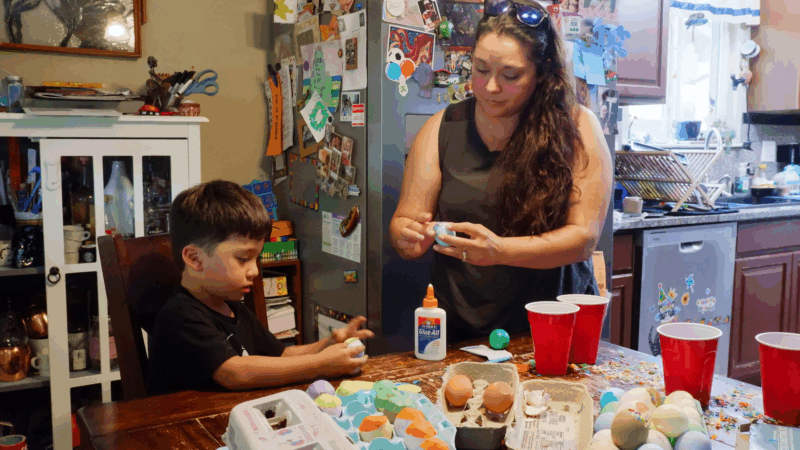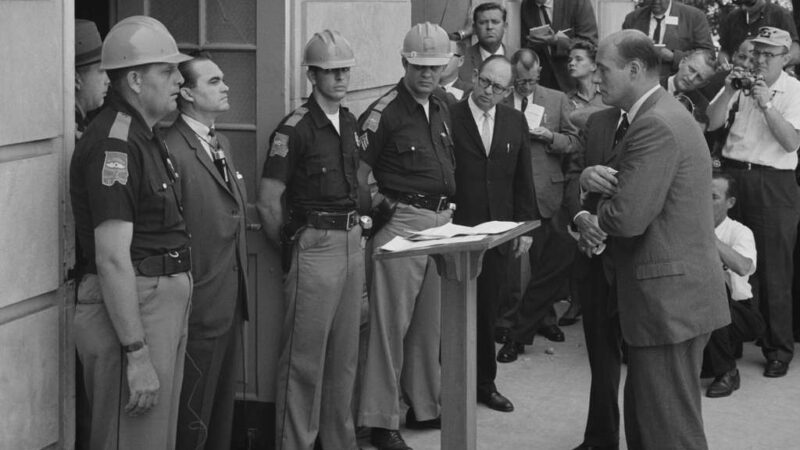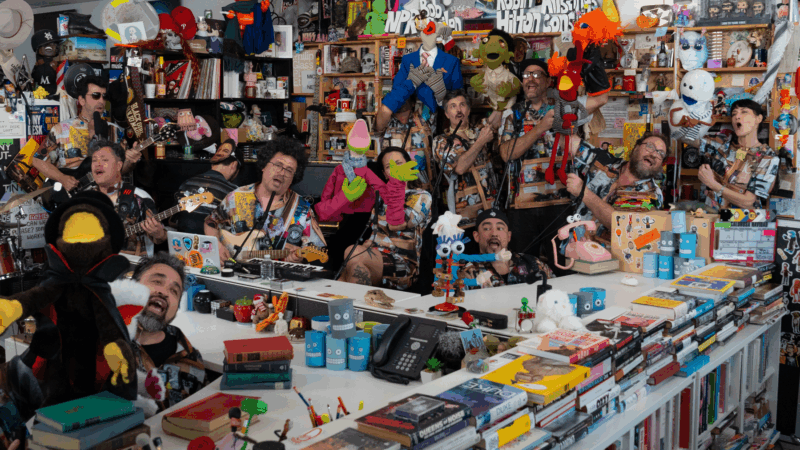A Texas Easter tradition connects the generations
AUSTIN, Texas — When Denise Solis’ mother, Rosemary Valdez, was sent home on hospice with stomach cancer in 2003, it was almost time for Easter. It was a tradition for the two of them to make Easter baskets together for the family’s younger cousins filled with cascarones — confetti-filled eggs.
“She couldn’t do a lot of things at that point,” said Solis. “But she could fill eggs with confetti.”
Cascarones are most common in Texas and Northern Mexico. When kids find cascarones on Easter Sunday, they playfully break them over each other’s heads — filling one another’s hair with colorful confetti.
In those final weeks, Solis spent a lot of time with her mother meticulously emptying eggshells and filling them. Valdez died at age 52 the day before Easter. Solis delivered those Easter baskets to her cousins the next day — filled with one final gift from Valdez.
“I remember us, chasing each other around the backyard and breaking the cascarones over each other’s heads, and just thinking how special that was,” said Solis.
Now, Solis carries on this tradition with her own child. Over the last couple of weeks, every time she cooked an egg, she would carefully poke a hole in the top of the shell, remove the egg, and leave the rest of the shell intact. Then she’d rinse the shell, and sometimes dye it with bright colors. Once they dried, she’d fill them with confetti and seal the tops with tissue paper and glue.
“The egg is a symbol for that opening up, for that entrance to a new life,” said Norma Cantu, a Humanities Professor at Trinity University in San Antonio who grew up with cascarones in Laredo, Texas. The egg was a symbol of fertility and rebirth in pre-Christian Europe that was later adapted to the Easter holiday. “And that’s what Easter is — it’s the celebration of the resurrection.”
Scholars say cascarones have been a part of Texan Easter celebrations since the state was part of Mexico.
For Solis, cascarones are a powerful connection to the past, and something she is excited to pass to her 4-year-old son, Noah.
Solis and her husband hide the cascarones in the backyard, and Noah and his friends eagerly search for them. They laugh and shout as they cover each other in confetti.
Watching this scene play out, Solis is reminded of her mother.
“She was always showering us with love and care and wanting us to feel special and have fun,” Solis said. “Seeing the confetti flying in the air, I just felt the love.”
How George Wallace and Bull Connor set the stage for Alabama’s sky-high electric rates
After his notorious stand in the schoolhouse door, Wallace needed a new target. He found it in Alabama Power.
FIFA president defends World Cup ticket prices, saying demand is hitting records
The FIFA President addressed outrage over ticket prices for the World Cup by pointing to record demand and reiterating that most of the proceeds will help support soccer around the world.
From chess to a medical mystery: Great global reads from 2025 you may have missed
We published hundreds of stories on global health and development each year. Some are ... alas ... a bit underappreciated by readers. We've asked our staff for their favorite overlooked posts of 2025.
The U.S. offers Ukraine a 15-year security guarantee for now, Zelenskyy says
Ukrainian President Volodymyr Zelenskyy said Monday the United States is offering his country security guarantees for a period of 15 years as part of a proposed peace plan.
Genre fiction and female authors top U.S. libraries’ most-borrowed lists in 2025
All of the top 10 books borrowed through the public library app Libby were written by women. And Kristin Hannah's The Women was the top checkout in many library systems around the country.
The Best Tiny Desk Concerts of 2025
Which Tiny Desk made an audio engineer question everything? Which one made a producer want to cry? Touch grass? Look back on the year in Tiny Desk, with the people who make them.








